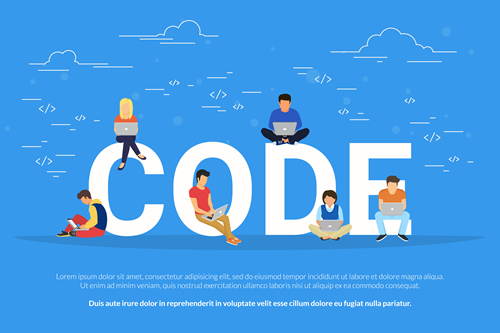It never ceases to amaze me when I see a middle school student excelling at virtual robot simulations, a seventh grader using computer code to solve a STEM problem, or an eighth-grade robotics team brainstorming ideas and then developing a full-blown operating robot. Even these tiniest victories go a long way, with students getting hands-on with advanced technologies and then taking that experience to college and/or out into the workforce.
Challenged by budgetary constraints, time limitations, and the wide selection of new classroom technology that’s being thrown at them, K-12 districts aren’t in the best position to set up onsite robotics and coding classes for their students. To overcome these challenges, several West Virginia schools are leveraging a technology platform that’s completely online, and that’s helped them bring the fascinating world of robots to a wider band of students.
Here’s how you can do it too.
1. Find an internal champion to lead the cause. To think beyond basic K-12 curriculum and truly prepare students for today’s work world, you need a champion to get behind the cause. We found ours in Donna Burge-Tetrick, superintendent of Nicholas County (WV) Schools. She secured a grant from the West Virginia Department of Education to provide a robotics instructor to support teachers in robotics implementation. She has also continued to fund and support all aspects of our program, which is now growing steadily.
2. Pick products that complements your school’s current resources. We’re using CoderZ by Intelitek, a platform that is completely online with virtual robot simulations, thus reducing the need for robotics kits and pieces. This has helped us cut equipment expenses to a minimum and, even better, our teachers need no specialized training to teach robotics classes, which cuts the costs even more. This is particularly beneficial for districts that have been unable to establish or expand their own robotics programs.
3. Get teachers hands-on and on-board early. One of my biggest challenges is getting teachers on board, comfortable, and willing to take on the challenge of robotics and coding instruction. The program we selected is easy for teachers to put into practice because they don’t need any additional resources or expensive robots to implement it in their classrooms. I’ve used it with both middle schools in our county and not only did they both participate, but they also both went to the Cyber Robotics Coding Competition (CRCC) finals.
After the event, I spoke with the teachers and heard positive feedback from them. Now, they’re talking about getting robotics/coding classes for sixth grade for the upcoming school year. The CRCC helped pave the way for that because it was such a positive experience; teachers could see the success and wanted more.
4. Weave robotics and coding right into the school day. This not only levels the playing field for all students—including those who may not have Internet access at home—but it also encourages collaboration among students and creates an atmosphere of accountability. For example, students have dedicated class time to work on the coding/robotics program and are also given the links to access information if they want to continue working at home. And while in-class robotics is still a fairly new concept, it’s a great tool for overcoming truancy issues and for getting students to like school again. (We’re offering it at our Alternative Learning Center next year, in fact.)
5. Foster a love of STEM across the board. As technology continues to make its way into the workforce in all fields, being tech savvy and able to understand code are becoming “must haves” for graduates. Knowing this, teachers should be talking to students about potential careers that involve STEM, creating project-based experiences for them, integrating robotics into their standards-based lessons, and fostering a love of STEM for both girls and boys.
Our new online program has helped us achieve these goals, and now we have 4-H clubs across the county picking up robotics and offering it to their young members. It’s all about fostering the engineering and scientific fields, developing students’ abilities, and stoking their interest in these opportunities.
With more K-12 schools rising up to meet the STEM challenge, it’s a great time for all of us to embrace coding competitions, virtual robotics platforms, and other tools that are out there for the asking. The more we can do on this front, the more we can prepare students for success in school, in the workforce, and in life.
- 4 ways to encourage play in education - April 25, 2024
- CoSN IT Leader Spotlight: Lisa Higgins - April 25, 2024
- It’s time to pay student teachers - April 25, 2024


